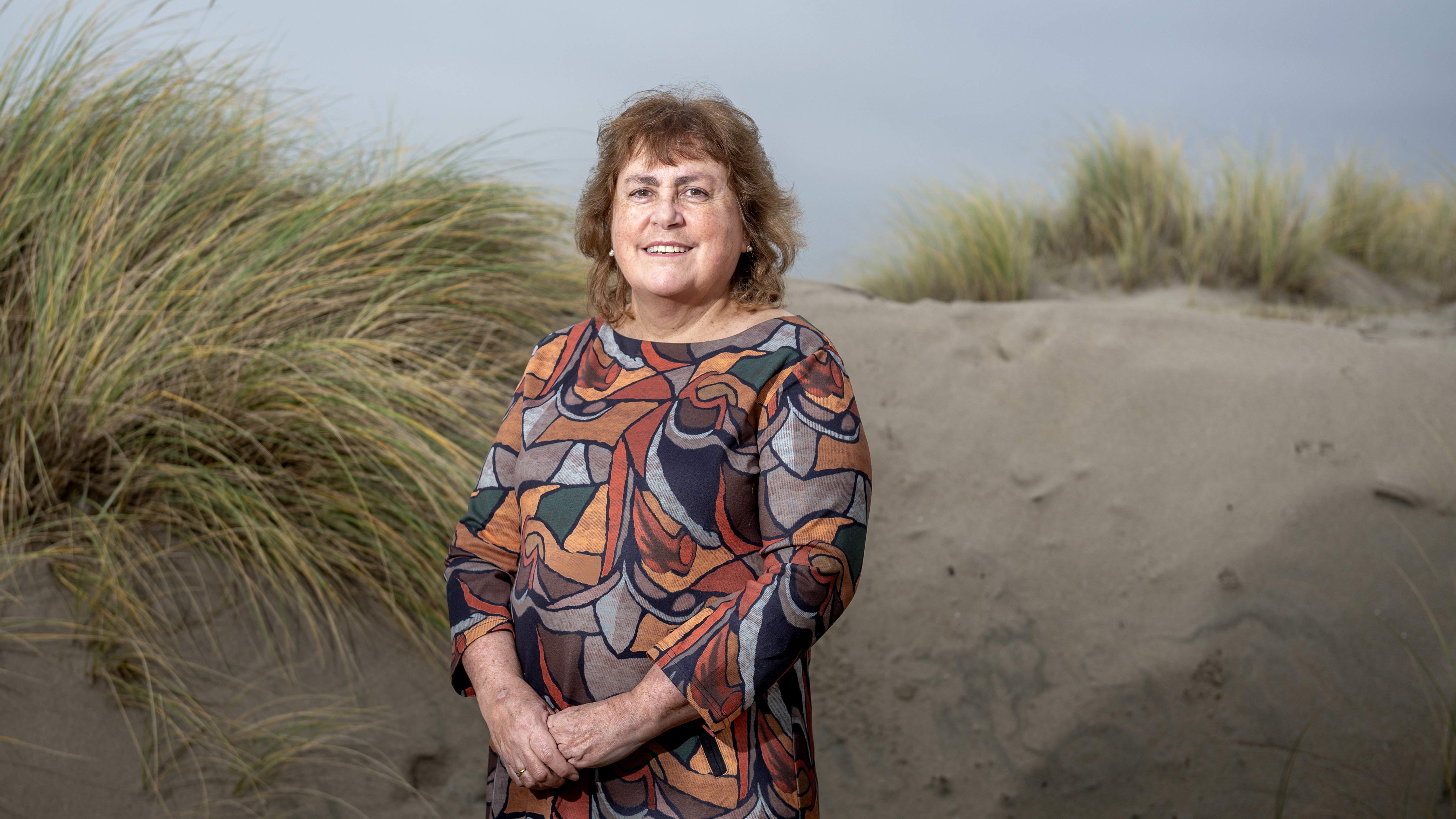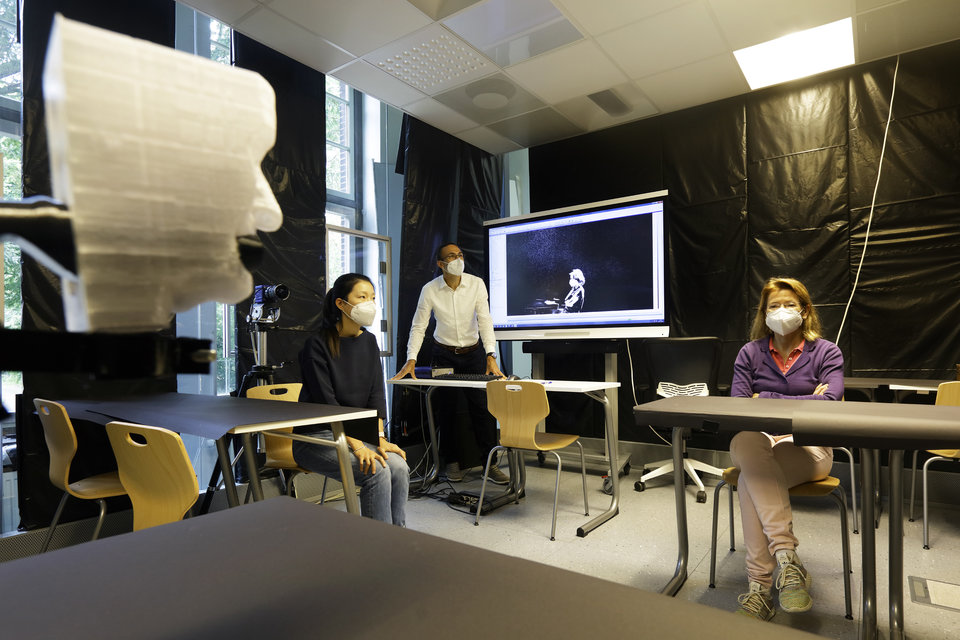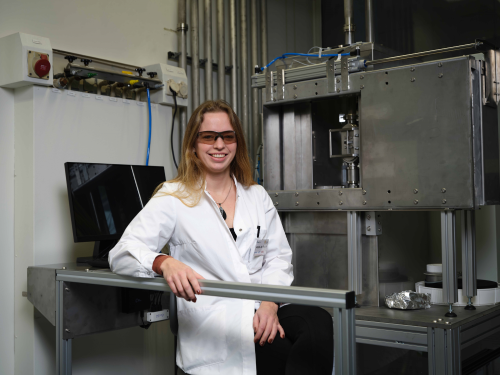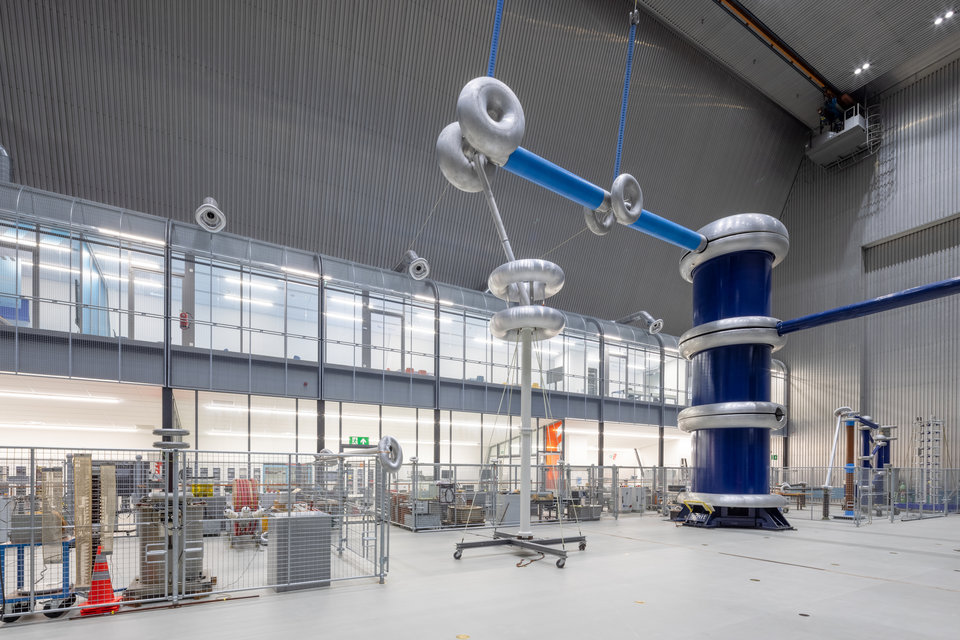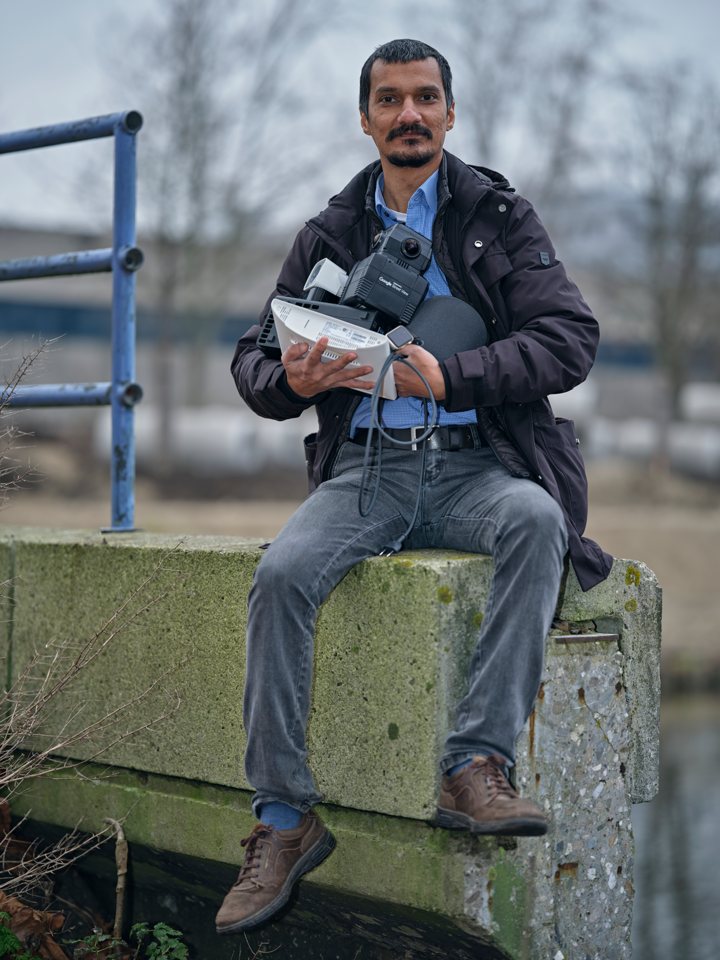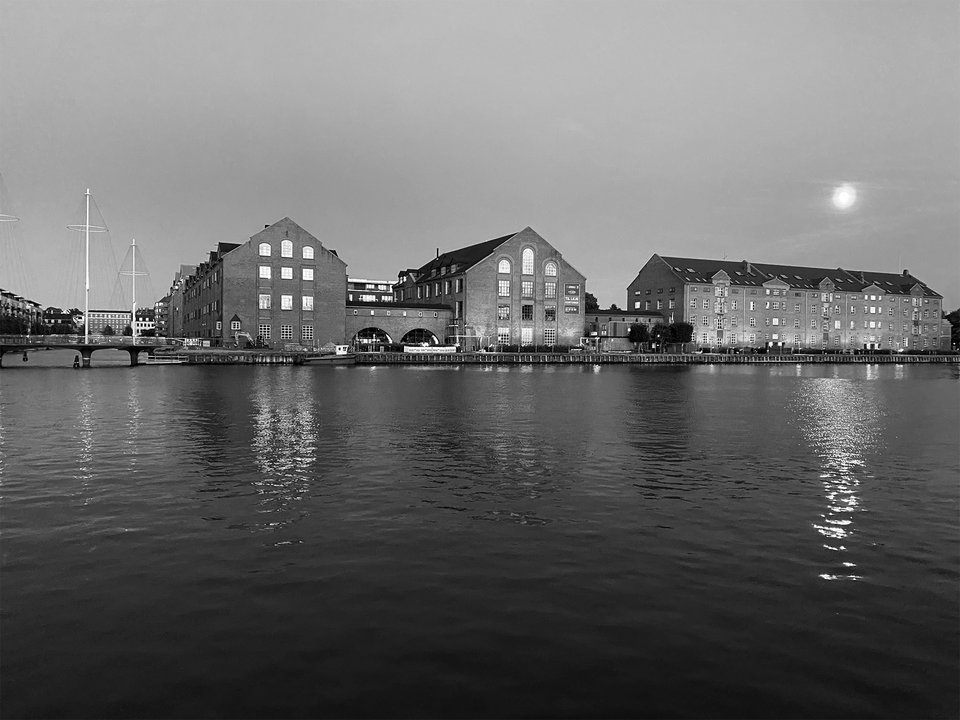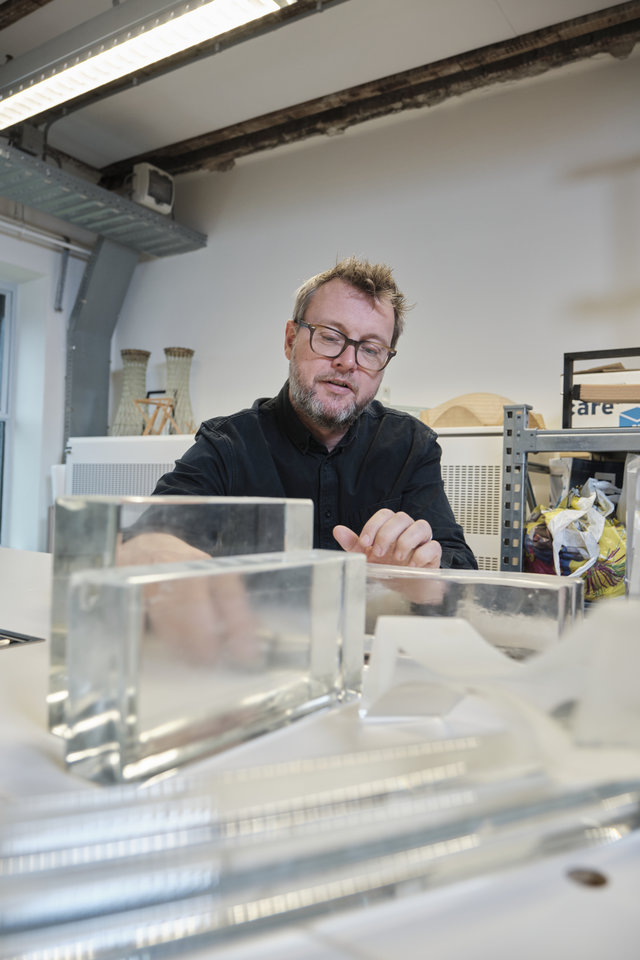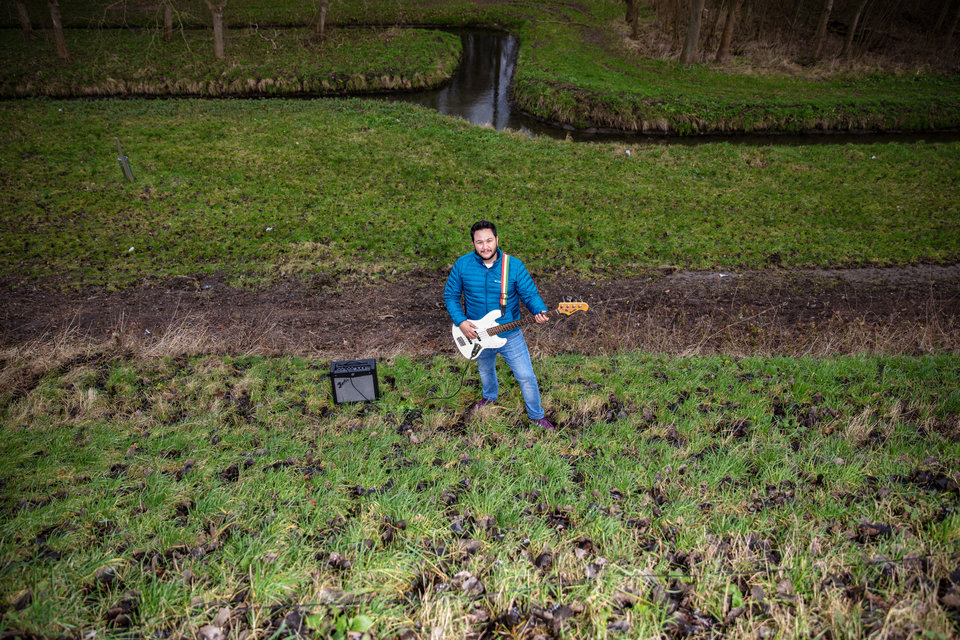The process of making coastal areas resilient for the future is increasingly guided by the principle of "Building with Nature." Scientist Jill Slinger introduces an additional element: "building with people." Engaging citizens on an equal basis, in a transdisciplinary manner, in the design of safe and liveable coastal regions is intended to lead to more sustainable and widely supported solutions. Through workshops, online courses, and handbooks, Slinger shares her knowledge and insights with stakeholders and the next generation of scientists.
For centuries, coastal protection in delta regions has predominantly relied on dikes and technical marvels, such as the Delta Works. However, the realisation is growing that technical solutions alone are no longer sufficient for the today’s challenges and those of the future, says Jill Slinger. "Climate change is making coastal protection increasingly challenging. Rising sea levels and more frequent extreme weather events are occurring. At the same time, we are facing a significant biodiversity crisis. Over the past decades, more and more flora and fauna have come under pressure, also along our coasts."
Focusing on the natural system
Slinger argues that by focusing on restoring biodiversity, we will be increasingly better equipped to address climate change and protect coastlines. "This can be achieved by considering 'Building with Nature' in coastal management, taking nature as the starting point for measures. For example, with dunes, you can design the dune field to provide sufficient protection during a severe storm. In this way, you don't need to implement technical solutions like dikes everywhere. You can address both the safety issue and allow the ecosystem, with all its uncertainties and dynamic interactions, to follow a more natural development trajectory."
Building with nature and people
However, building only with nature is not enough. Therefore, Slinger adds another element: building with people. "The coastal area is not only a natural environment but also the habitat of people. Its future form and the uses it supports should be shaped collaboratively, by involving local communities and professionals such as engineers and ecologists. Ordinary citizens, in particular, can be overlooked in decision-making and visioning, despite their valuable knowledge of the environment and the crucial role of their ideas and values."
What struck me in this project was that residents are perfectly capable of understanding long term dynamics and are willing to make sacrifices for the greater good.
Collaboration based on equality
Central to Slinger's approach is a transdisciplinary method. "Transdisciplinary means taking different knowledge sources and inputs from various stakeholders into account, and learning with each other during the process. It involves working from a position of equality. This is different from when government authorities or scientists dictate plans or offer pre-defined solutions. This approach ensures early involvement of stakeholders, even before concrete plans are formulated."
Neutralizing power positions
Slinger emphasizes the importance of neutralizing power positions. "This applies to scientists as well. You can approach people from your expertise and tell them how things work, or you can take a more service-oriented role. For example, in meetings or workshops, allow citizens to come to scientists with questions, perhaps through an information desk. The power of government authorities also needs moderation.Mayors can share ideas in a collaborative workshop, but their role is not to impose decisions. Outside of such a workshop, their role is, of course, different."
Designing solutions within the context
What particularly appeals to Slinger in the transdisciplinary approach is the ability to design solutions fitted to the local context. "In addition to bringing in scientific systems knowledge, you collaboratively explore the local system. Based on this system analysis and the wishes and interests of stakeholders, a broad range of potential solutions emerges. This forms a common basis. It is not about complete agreement; it's about everyone contributing their input. It's okay if there are disagreements. It shows that the engagement is genuine and meaningful."
Projects from Texel to Texas
Slinger sees her role as a scientist mainly as reflective and facilitating. In projects worldwide, from Texel to Texas, she has organised co-design workshops for various stakeholders. "In Texas, for example, we worked with engineers, local government, and residents to explore alternatives for the design of the Ike Dike, a coastal barrier protecting Houston from hurricanes. Another major project is Sustainable Ports in Africa, where we worked with Ghanaian stakeholders in port developments meeting economic, social, and ecological needs. This resulted in the book 'Voices on Sustainable Ports.'
In South Africa I first saw that as a scientist, you can make a difference for people. I have always carried that awareness with me.
Citizens are willing to make sacrifices
In a project closer to home, CoCoChannel, Slinger collaborated with stakeholders to develop a joint design for dynamic coastal management at Texel. "What struck me in this project was that residents are perfectly capable of understanding long term dynamics and are willing to make sacrifices for the greater good. From a scientific perspective, there is sometimes a belief that people can't or won't do that. But if you provide financial compensation, people are sometimes willing to relocate activities or temporarily halt them. You only discover this through co-design dialogue."
Courses and lessons for stakeholders
The knowledge Slinger gained on co-designing nature-based solutions from these and other projects is compiled in the e-textbook 'Building with Nature & Beyond' and two MOOCs, free online courses for planners, ecologists, and engineers. Slinger explains, "In the e-book and MOOCs, I provide principles for collaboratively creating a nature-based design. It's important to explain to stakeholders that processes and systems are complex and variable, and there is never a simple path from A to B. You don't look for an individual solution; you explore various directions. The role of language is also crucial. Ensure that the knowledge you share is understandable to everyone."
Giving back to society
Slinger acknowledges her privileged position as a scientist. This realisation dawned on her when she lived in South Africa, where she grew up, during the apartheid era. "At that time, the country was still torn apart by apartheid. I conducted environmental research with an activist impact by giving authentic voice to the interests of the local population in policy and decision-making. That's when I first saw that as a scientist, you can make a difference for people. I have always carried that awareness with me. Additionally, the fact that my work is funded by taxpayer money gives me the responsibility to give back to society."
Passing on knowledge to new generations
Besides designing and facilitating transdisciplinary co-design processes, giving back also involves passing on knowledge to new generations of scientists, says Slinger. "A significant part of my research life has involved active collaboration with people and communities. In the coming period, I will focus on deepening the theory of transdisciplinary and co-design processes for transfer to others. This will involve writing more books and publishing papers on the importance of co-design and Building with Nature and how best to do this. I'm used to many interactions with real-life problems in society, so this represents a shift in focus for me towards academia; To better serve science in the long run, I will have to resist the urge to engage as intensively in the next few years."



